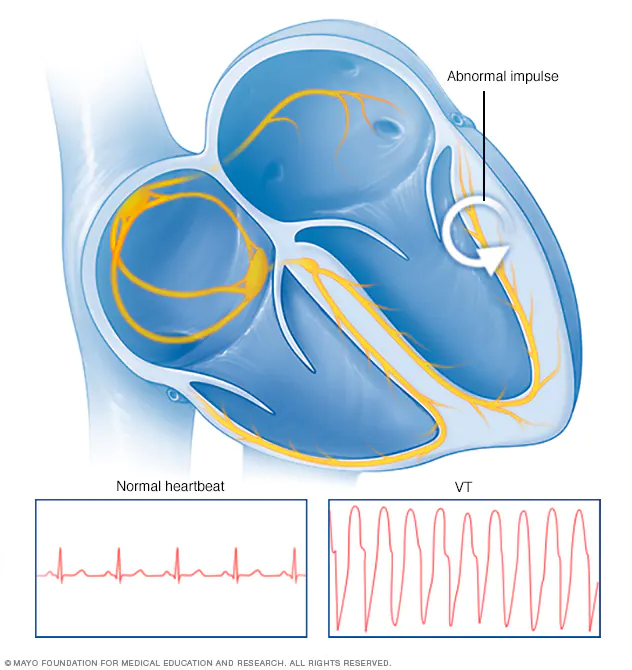Cart

What is it like to do CPR on a real person?
We get this question asked a lot in our CPR courses. We are used to training on plastic mannikins in a controlled environment but that is far from real life. CPR classes prepare students to be able to confidently perform CPR and the necessary steps in order to save a life. There are inherently difficult situations that are difficult to recreate in a training scenario that happens in real life. It is crucial to get everyone training on cardiac emergencies to ensure the best outcomes of survival.
I have performed CPR as a registered nurse many times in my career as an intensive care nurse and emergency room nurse. I have performed CPR on patients ranging in age from children to elderly patients. The main point to understand is that many unplanned things happen in real life. No matter how prepared or how we trained the staff is things inherently come up during a cardiac arrest. The most important factor in a successful outcome is keeping the communication open. It is important to stay calm during all of these events. There will be a lot of noise in the environment, equipment and people talking. You might even find yourself in a situation where the patient’s family is at the bedside while you are performing CPR.
We are taught in the CPR classes to push “hard and fast” to get the adequate depth and speed to perform effective compressions. An adequate depth is 2 inches and we are maintaining a rate of 100-120 compressions a minute. As you can imagine pushing 2 inches is pretty deep it is normal to hear some ribs break when you begin compressions. If the patient were to survive the cardiac arrest the ribs will be able to heal. We cannot heal the heart worrying about breaking the ribs! So just know if you hear ribs breaking that is completely normal and to keep going. We must focus on good compressions to maintain your chance of survival.
Mistakes can happen especially if you are a lay rescuer. It is always best to attempt to do CPR rather than not attempting to do anything. It is normal for someone who is not in the medical field to have some apprehension and fear regarding if they are doing the CPR correctly or how to do it at all. The best option is for everyone to take a CPR course to feel more comfortable with the skill. American Heart Association recommends everyone take a course every two years to refresh their skills.
The most important thing to remember if you are ever in this situation is to remain calm. Always call for help or dial 9-1-1. If you are around other people always assign someone to do a task. “Hey you in the red shirt call for help.” Always request someone get an AED is there is one around. Attach the AED immediately when it arrives on the scene. Don’t be afraid to call on others to help you. If you have ever practiced or performed CPR in real life you know how exhausting it can be. If you are exhausted you will not be able to perform effective compression. You can easily teach someone standing by right then and there how to perform CPR. If you attempt to do CPR that is better than doing nothing at all you have given this person a bigger chance of survival by attempting.
Nearly 400,000 people go into cardiac arrest outside of a hospital setting each year, we all need to be prepared so that our community, our friends and our loved-ones have the best chance possible to survive a CPR related emergency.
